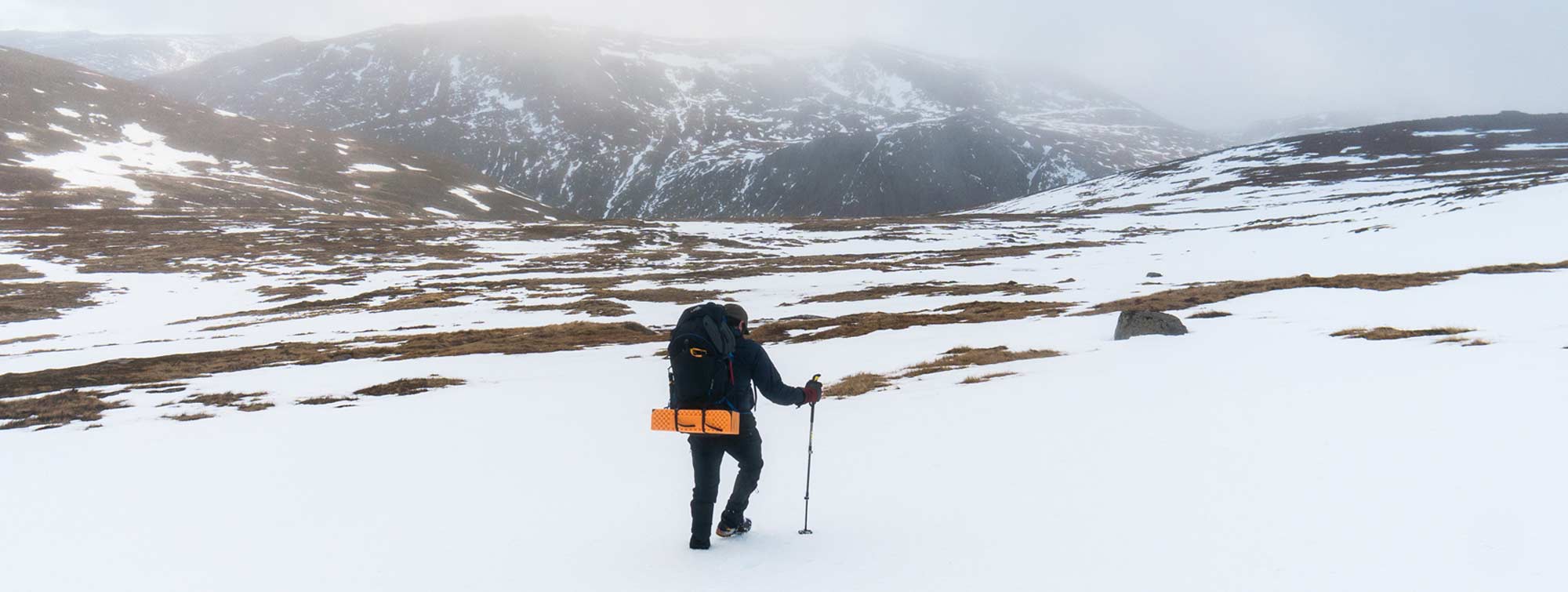Choosing Winter Trekking Pants
Nov 16, 2020

Beat the Blizzard
The aim for winter conditions is keeping yourself protected from the elements. This means that your kit needs to keep out the wind, rain and cold when you are in the hills and mountains. There are different ways to approach winter clothing and it’s important to find out what works best for you personally but this article aims to help you decide which pants may fit your needs.
Softshell pants offer much more breathability than traditional, waterproof hardshell pants. Winter softshell pants often use a heavier fabric with a tighter weave to reduce the movement of air through the pants and provide more weather protection. This protects the wearer from wind and significant heat loss without reducing breathability like waterproof membranes do.
A simple, effective way of adding warmth to any pants is to include a fleece backer or lining for insulation. This is an easy way of increasing the warmth without significantly affecting the weight or increasing the price. The soft feel adds comfort and warmth while the fleece allows a decent level of breathability and is quick drying.
A DWR (Durable Water Repellent) treatment is essential for winter conditions and will be found on almost all winter pants. A good DWR coating can allow you to keep going in changeable, wetter conditions without having to stop and resort to pulling on your waterproof over trousers. DWR can be reapplied later on and there are a number of wash-in and spray on options.
An easy way of adding warmth to any winter pant is simply to wear a baselayer or long johns underneath. This additional layer works really well in colder conditions and merino or blended baselayer pants are easy to get hold of.

Insulation Types
Insulation was traditionally defined as either synthetic or down. This is still generally true but there are many variations within this. As far as winter pants go, the categories have been broken down into ‘active’ insulation
Active Insulation – Variations on Polartec Alpha which provides a basic layer of warmth which is able to wick moisture and regulate heat effectively. These active insulation layers can come in different weights where heavier weights provide more warmth. There are a number of variations with brands doing their own versions which all do a similar job.

The non-active forms of insulation are more regularly used to conserve warmth when you are not generating much heat yourself, during breaks or at the end of the day when you have set up camp. Some people, may not be doing a particularly active pursuit or who may feel the cold a lot, may prefer to wear insulated pants or even choose them to go under a hardshell.
Synthetic insulation comes in a range of forms with many brands doing their own, in-house versions to compete with more established products from PrimaLoft, for example. Synthetic insulation is generally a bit heavier than down and does not pack down as well. However, modern insulation does an exceptional job of closely mimicking down while maintaining benefits like its ability to perform during wet conditions. Synthetic pants are a great option for winter trips, especially with conditions encountered in the UK.
Down has been the best insulator in outdoor clothing for year and for good reason. A low weight, excellent compression and the ability to retain heat. Down pants provide instant warmth in a lightweight and packable design but they become less effective when down is compressed (if you are sat in them for long periods for example) and they lose the ability to retain heat if the down becomes wet.
Both synthetic and down pants are great for providing warmth, so they are ideal for wearing around camp, but not necessarily the best option if you are going to be active. They can be used as a warm layer under a hard shell but this may be too warm for most people in all but the very coldest temperatures.
